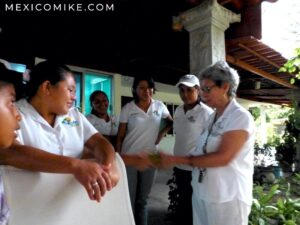One of the Yucatan Peninsula states, Campeche, is situated on the eastern side of the peninsula. It is bordered by the Mexican states of Yucatan, Quintana Roo, and Tabasco and the nations of Belize and Guatemala. Admitted as a state in 1863, Campeche is celebrated for various Mayan and colonial attractions and sites, and, though it does not enjoy the throngs of tourists that some Mexican states enjoy, it is, nevertheless, filled with must-see historical, cultural, and natural venues that are important to many travelers as well as the people of Mexico.
Important Facts about Campeche
Campeche has an area of 22,365 square miles. It is one of Mexico’s least populous states, with a population is 836,866 people. Its largest city is also its capital—San Francisco de Campeche. Oil production accounts for more than half of the state’s economy. The industry boomed in the seventies when oil was discovered in the Gulf in the shallow waters of the state. Mining and other industry are also important to Campeche. In some sections of the state where the land is amenable, agriculture and raising livestock are also important to some communities.

Geography and Landscape
While much of Campeche’s lands are flat, there are a series of rolling hills in the south known as the Sierra Alta. Moreover, the state is home to various types of rainforests as well as savannahs and mangrove wetlands near the coast. The landscape boasts cedar trees, mahogany, and palms, to name a few. Wildlife that makes their home in Campeche include ocelot, wild boar, puma, jaguar, rattlesnakes, coral snakes, iguana, toucans, and many other species. Campeche’s surface water is mostly contained in the southern part of the state, where estuaries are present. The coastal waters of the Gulf of Mexico are known for their populations of crab, sea bass, and small sharks. With its beautifully lush rain forests, it isn’t surprising that the state celebrates three main areas of protected lands. These lands are favorite destinations for eco-tourists who visit to hike, photograph or simply enjoy the flora and fauna of the Yucatan.
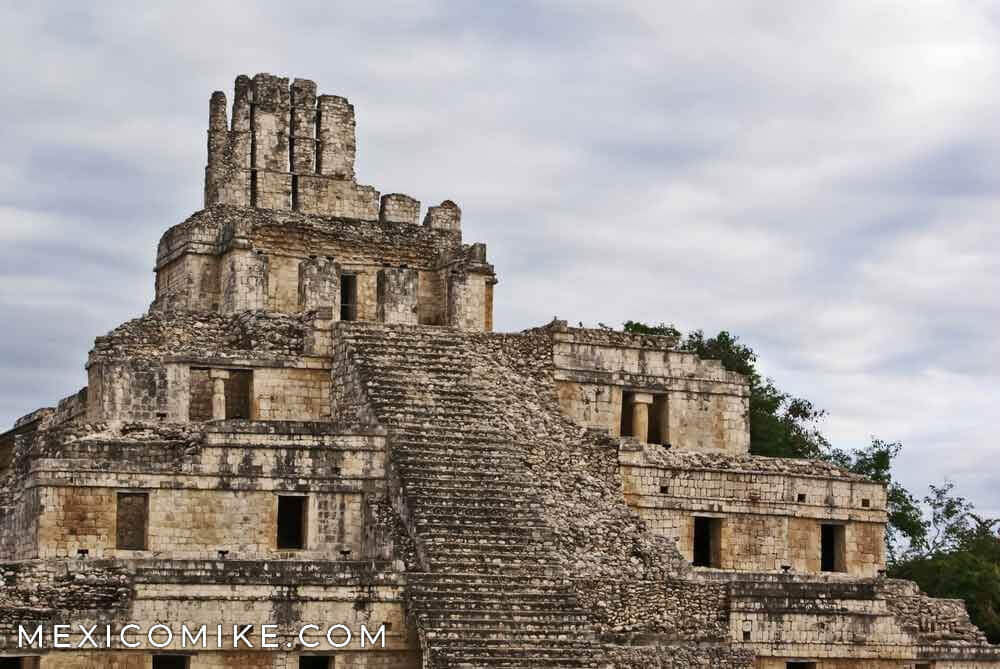
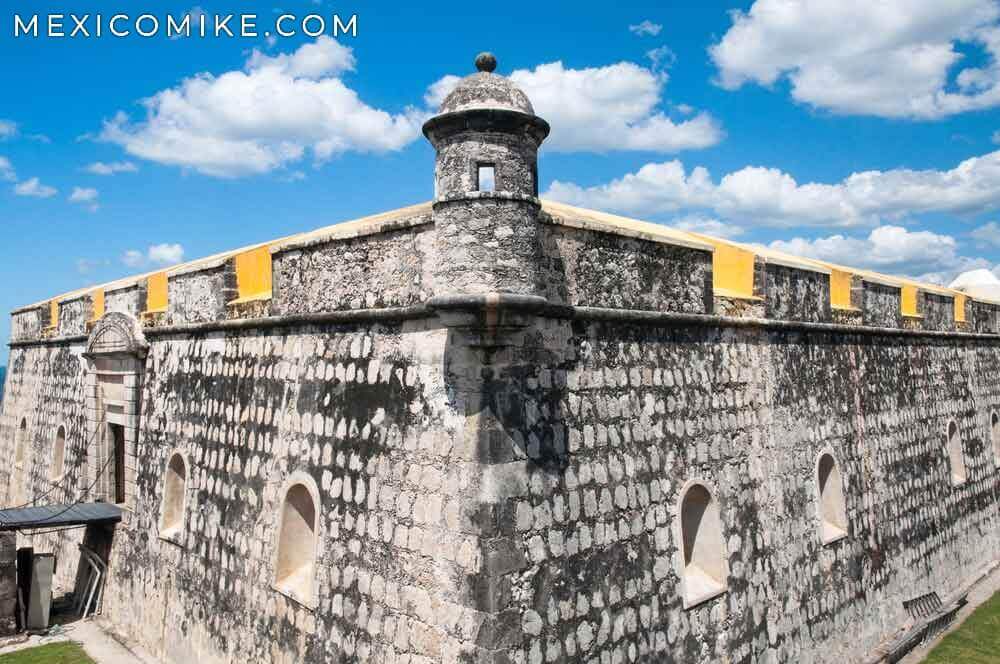
History of Campeche
Before its name was Hispanicized, the indigenous people of the region referred to Campeche as the “place of snakes and ticks.” After arriving from Guatemala, the Mayans became the first people to dominate Campeche. While the Mayan civilization eventually collapsed, individual Mayan people mixed with other tribes like the Chontal. The Spanish arrived in 1517; however, their conquest did not take place in earnest until nearly two decades later. Campeche was not formally recognized as a city until 1774, yet it had been a port town founded by Spanish Conquistadors in 1540. The capital endured a tumultuous history due mainly to pirate attacks; pirates and buccaneers much frequented the waters of the state of Campeche. This city still enjoyed great wealth until other ports on the peninsula began to usurp Campeche’s business in the nineteenth century. After the War of Independence, friction arose between the cities of Campeche and Merida over the division of the peninsula as well as over other political differences; Merida proposed conservative positions while the more liberal Campeche declined. These differences erupted into violence over time, particularly after the Mexican Constitution of 1857. Most of these differences were not ironed out until Campeche wrote its constitution after the Mexican Revolution in 1917. Recently, the state has been known for its oil business; it has also been a destination for refugees fleeing Guatemala.
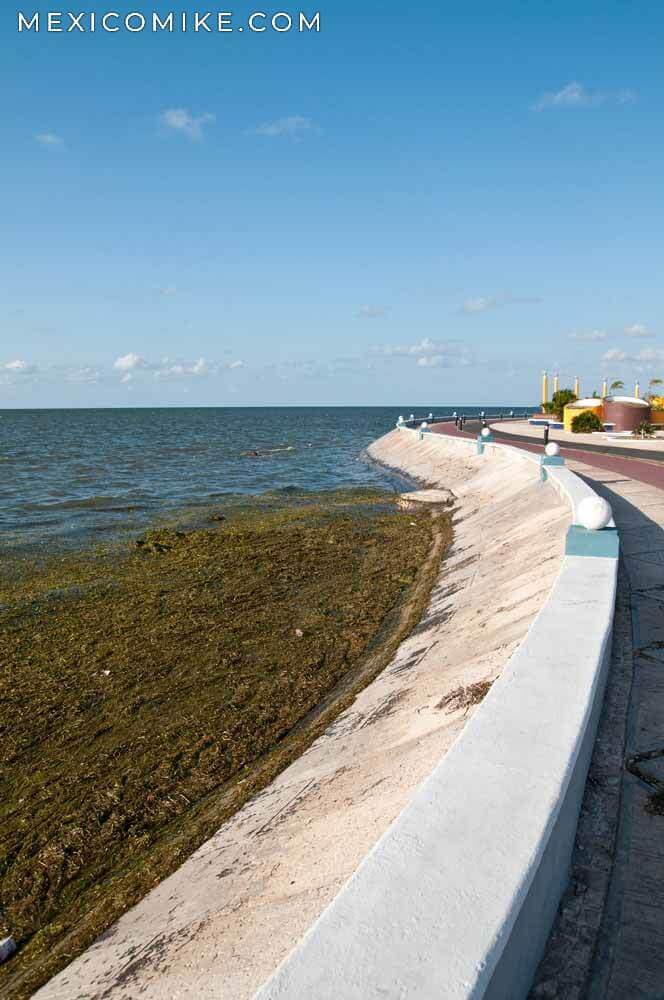
Tourism
The state’s capital was declared a UNESCO World Heritage Site in the 1990s, which has resulted in considerable tourism for the city; despite this, however, this historic city is still one of the least known colonial cities of Mexico. The state contains many historic and Mayan sites that attract many visitors and eco-tourists. The sites do not enjoy the fame that Chichen Itza and Tulum have, but they are located throughout the site and are significant for their various attributes. The state is also revered for its beaches, museums, and many natural attractions and is also regarded as one of the safest states in the entire country.
Food of Campeche
Corn has been at the heart of the region’s cuisine since Mayan times. Seafood, beans, vegetables, and tropical fruits are also stapled elements of the state’s gastronomy. Some of the most popular dishes in Campeche include empanadas, beans and pork, shark tacos, and tamales. Many of the traditional meals throughout the state are seasoned with oregano, achiote, and habanero chili peppers.
San Francisco de Campeche
Founded atop a pre-existing Mayan settlement, Campeche has a long history yet is one of the most elusive of the colonial cities. It’s the city’s mystery that attracts many visitors. Because of its immense architectural heritage, the city was declared a UNESCO World Heritage Site. The city is famous for its many intact fortifying walls built centuries ago to guard against pirate attacks—not always successfully, however. From its architecture to its cultural venues like its City Museum, Campeche is a must-see destination when visiting the state or the Yucatan Peninsula.
Other Things to See and Do in Campeche
Calakmul: Nestled deep within the jungles of the Peten Basin, this Mayan archaeological site less than thirty miles from the Guatemalan border. As a major power center, Calakmul is a substantial site important to the study of Mayan history and culture.
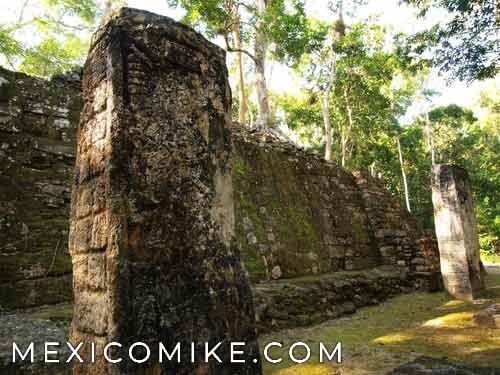

Catedral de Nuestra Senora de la Purisima Concepcion: The main site of the capital’s Plaza Principal, this cathedral and its Baroque façade is among the most recognizable features of the capital.
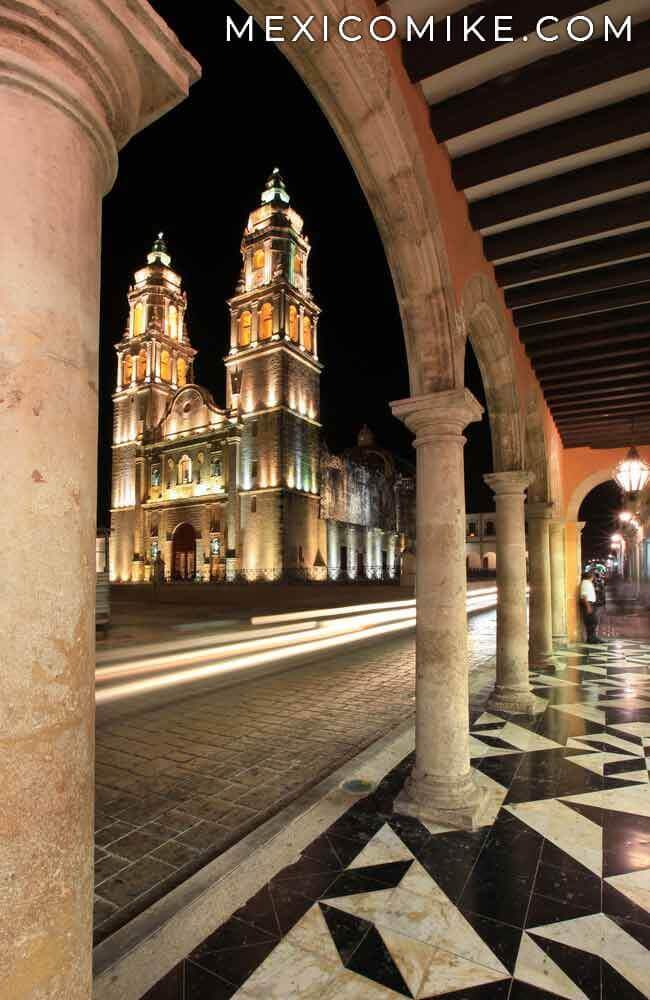
Museo de la Arquitectura Maya: This capital museum is one of the most revered in the state. Its steles and other Mayan relics are meticulously preserved and popular among tourists to the state.
Rio Bec: This collection of some seventy small archaeological sites is located within the range of Xpujil. Since it is impossible to reach the area during the rainy season, excavations have been slower-going than at other areas adding to the sites’ mysterious allure.
Jardín Botánico Xmuch Haltún: This famed botanical garden is a must-see attraction of the capital city. It’s especially noted for its displays of endemic species.

